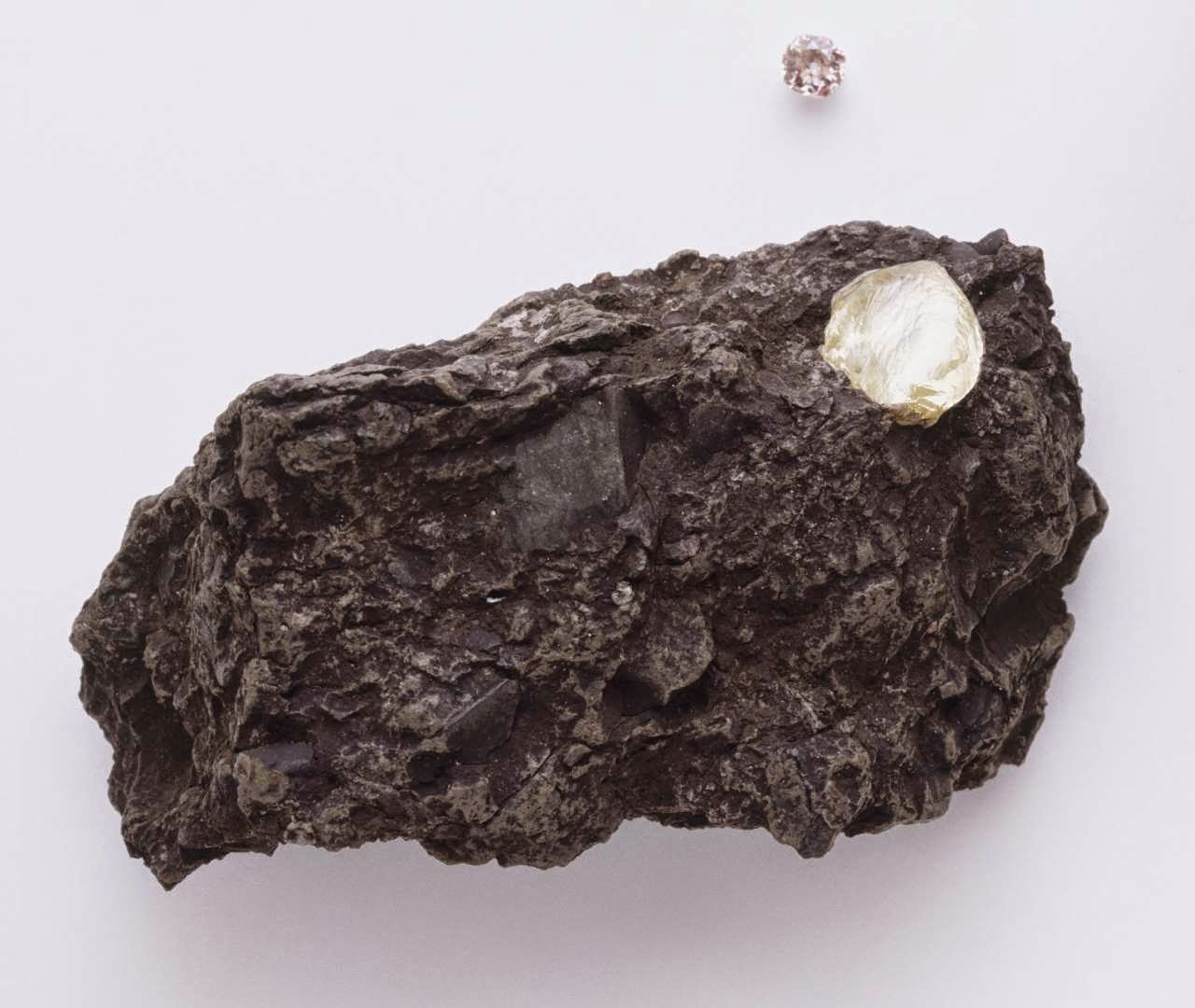This “movie” of Pluto and its largest moon, Charon, by NASA’s New Horizons spacecraft taken in July 2014 clearly shows that the barycenter, the centre of mass of the two bodies, resides outside (between) both bodies.
The 12 images that make up the movie were taken by the spacecraft’s best telescopic camera, the Long Range Reconnaissance Imager (LORRI), at distances ranging from about 267 million to 262 million miles (429 million to 422 million kilometers).
Charon is orbiting approximately 11,200 miles (about 18,000 kilometers) above Pluto’s surface.
Credit: NASA /Johns Hopkins University Applied Physics Laboratory /Southwest Research Institute
The New Horizons mission became the first mission of NASA's New Frontiers program, beginning development in 2001.
The probe was launched on January 19, 2006, atop an Atlas V 551 (5 solid rocket boosters plus a third stage).
Utilising more compact and lightweight electronics than its predecessors to the outer planets, Pioneer 10 & 11, and Voyager 1 & 2, the combination of reduced weight, a powerful launch vehicle, plus a gravity assist from Jupiter has lead to a nine year journey.
On December 6, 2014, New Horizons was taken out of hibernation for the last time and now remains powered on until the Pluto encounter.
The arrival date of New Horizon is July 14, 2015. A telescope called the Long Range Reconnaissance Imager (LORRI) has permitted the commencement of observations while still over 240 million kilometers (150 million miles) from Pluto.
The first stellar-like images were taken while still in the Asteroid belt in 2006.
The 12 images that make up the movie were taken by the spacecraft’s best telescopic camera, the Long Range Reconnaissance Imager (LORRI), at distances ranging from about 267 million to 262 million miles (429 million to 422 million kilometers).
Charon is orbiting approximately 11,200 miles (about 18,000 kilometers) above Pluto’s surface.
Credit: NASA /Johns Hopkins University Applied Physics Laboratory /Southwest Research Institute
The New Horizons mission became the first mission of NASA's New Frontiers program, beginning development in 2001.
The probe was launched on January 19, 2006, atop an Atlas V 551 (5 solid rocket boosters plus a third stage).
Utilising more compact and lightweight electronics than its predecessors to the outer planets, Pioneer 10 & 11, and Voyager 1 & 2, the combination of reduced weight, a powerful launch vehicle, plus a gravity assist from Jupiter has lead to a nine year journey.
On December 6, 2014, New Horizons was taken out of hibernation for the last time and now remains powered on until the Pluto encounter.
The arrival date of New Horizon is July 14, 2015. A telescope called the Long Range Reconnaissance Imager (LORRI) has permitted the commencement of observations while still over 240 million kilometers (150 million miles) from Pluto.
The first stellar-like images were taken while still in the Asteroid belt in 2006.

















































